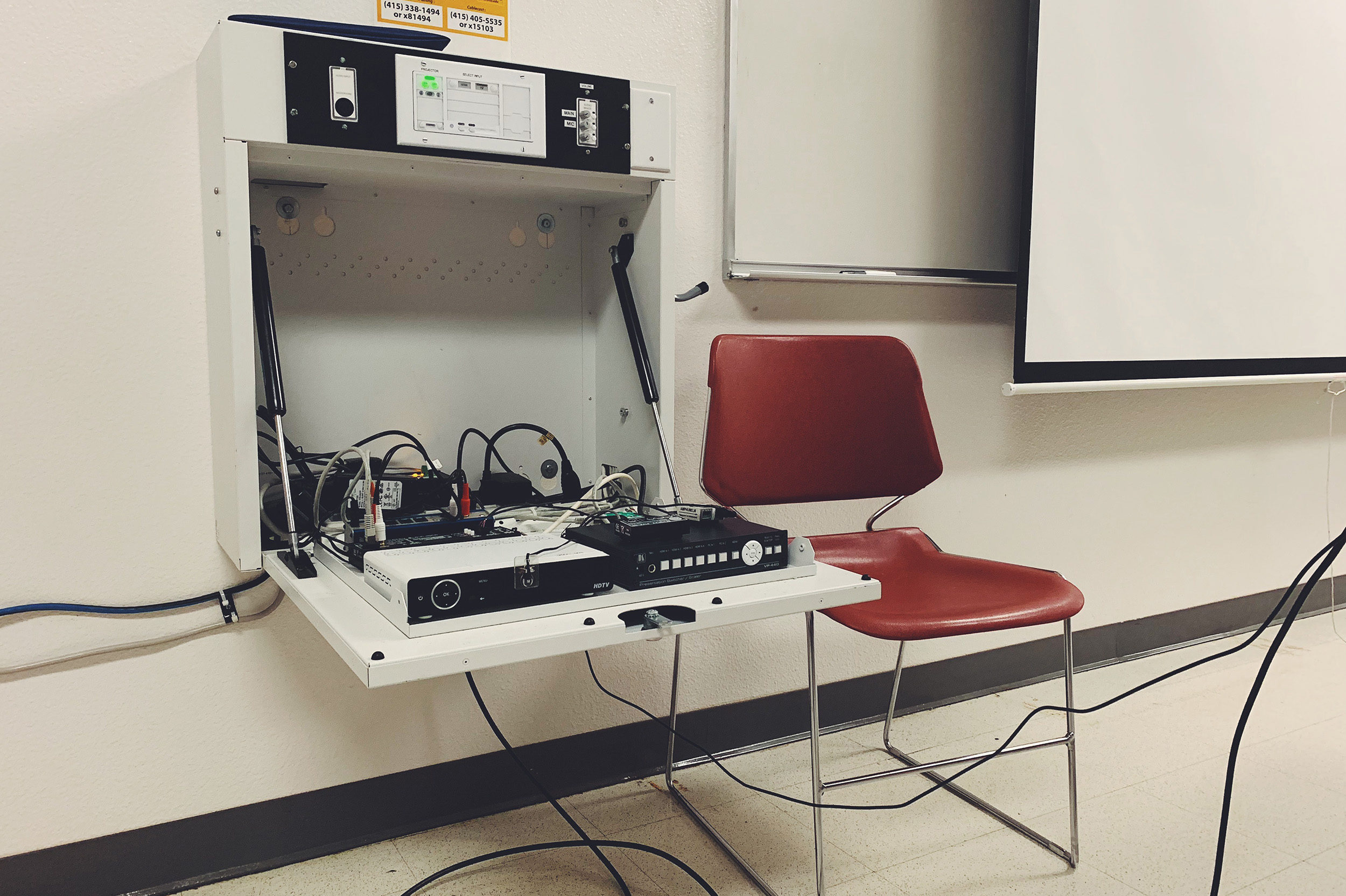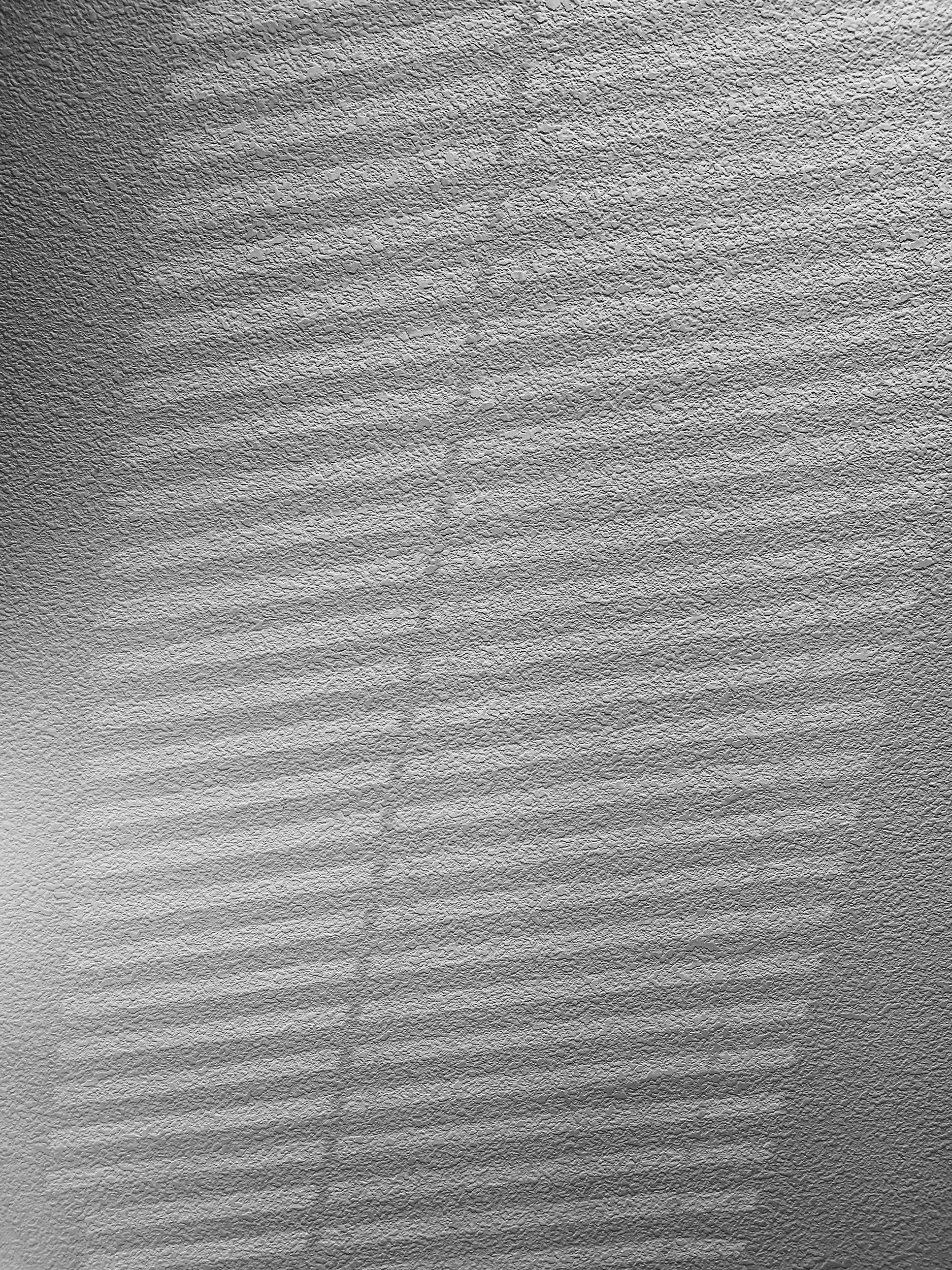The most prized team in all of computing technology have got to be the silicon group within Apple. The A12X Bionic chip in the latest iPad Pros have shown in benchmarks to be faster than any Mac computer currently on sale that isn’t an iMac Pro or a BTO Macbook Pro, all for the entry price of just $799. Intel is absolutely getting their ass handed to them by Apple. iPhone users have been enjoying the fruits of the A Series chip for many years now, and it surely won’t be long until Apple puts one of those into a Mac.
But that’s in the future; for the present those wonderful and powerful chips reside in the aforementioned iPad Pros. Apple would like consumers to think of them as laptop replacements, and for a considerable amount of people that can indeed be the case, but for me, a person who’ve owned two previous iterations of the iPad (the very first one and the third generation), it remains but a quality content viewing device. For my particular workflow, the iPad simply cannot replace the laptop.
Apple can cram all the performance it wants into the iPad, and it’ll be utterly wasted in my favor because I can’t do serious photo-editing work on the device. No doubt iPads have got some of the most brilliant and accurate displays in any product, making for a brilliant canvas to work on, but it’s still size-limited at 12.9 inch at the maximum. In handling 40+ megapixel RAW files I want the biggest display possible (I miss the old 17-inch Macbook Pro). The new iPad Pros feature USB-C so it can connect up to a 5K display, though the user is still expected to manipulate the UI using the iPad itself, rather than the more convenient mouse.
That’s because iOS still doesn’t feature a pointer: you’re forced to use your fingers at all times, even when connected to a giant display. Great as it may be on the iPhone, iOS simply haven’t evolved quite enough on the iPad to provide a suitable workflow for me. It does bring up a chicken or the egg question: should a device acquiesce to my idiosyncrasies, or should I adapt to the peculiarities of the device instead?
I don’t mind altering habits, but there are some barriers that simply aren’t acceptable. For instance one cannot import photos on an SD card directly into Lightroom mobile; it must go through the iOS Photos app and then import into Adobe; it doesn’t make any sense. External USB storage are not supported at all on the new iPad Pro even with the USB-C port; how and where exactly do Apple want us photographers to perform backups? Please don’t say iCloud.
One last deal-beaker of the iPad that keeps me clutching to a laptop: the typing experience. I write regularly on this website and a proper keyboard is crucial, and the fabric facsimile Apple trots out in their Smart Keyboard Folio isn’t it. I’m not about to carry an extra wireless keyboard with me just for typing. A mac laptop is still the better in that regard, and more importantly it actually fits on the lap, no table necessary.
All of this is to say I hope Apple really get a move on putting the A series chips into the Mac; I have a hunch when the Macbook receives its next refresh, it won’t be running Intel.

